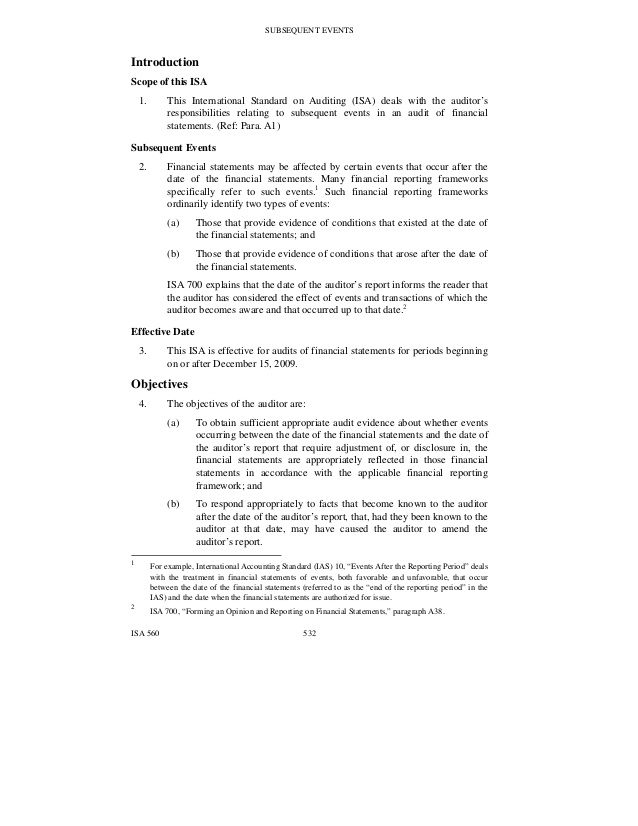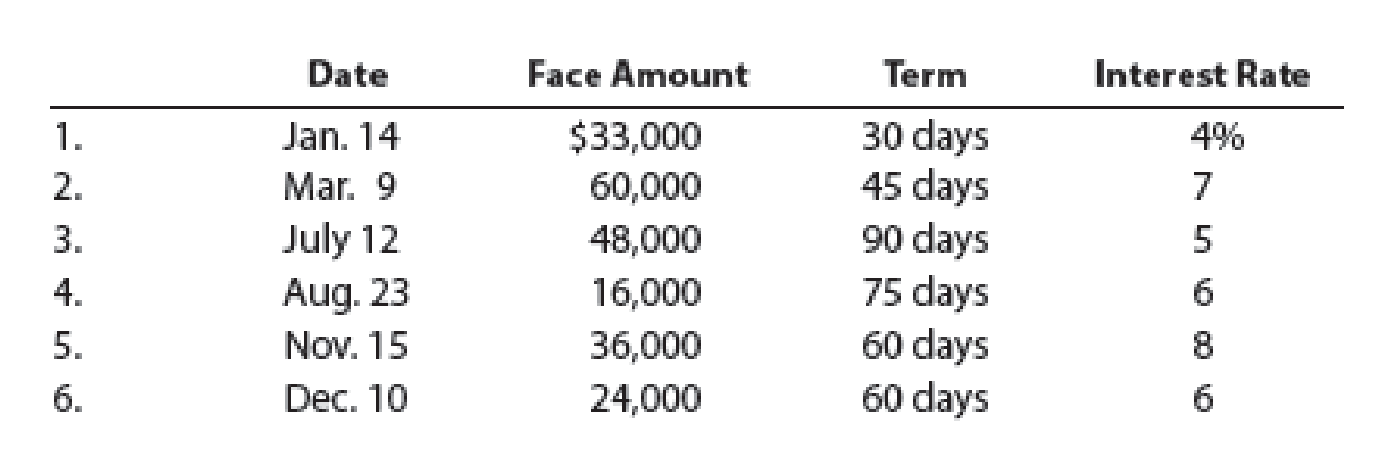Content
However, when you track your sales against what you expect to sell, you not only increase your chances of seeing good results, but you also get a whole lot of valuable insight in the process. That’s why it’s crucial to track multiple metrics in the sales process. For both tickets, the flexible budget variance is 0 because the actual and budgeted CM are the same. To determine the relevant variances, we use the column method shown above. Hearst Newspapers participates in various affiliate marketing programs, which means we may get paid commissions on editorially chosen products purchased through our links to retailer sites. Pipedrive enables you to customize your insight dashboards with the KPIs and sales data that best visualizes your progress and process.
Curbside pickup extended for Illinois medical marijuana patients … – Medill Reports: Chicago
Curbside pickup extended for Illinois medical marijuana patients ….
Posted: Sat, 11 Feb 2023 19:41:47 GMT [source]
Managers can create a dashboard that displays overall sales alongside aspects of the sales process they are in the process of refining. Sales reps, meanwhile, want to keep a dashboard of their personal metrics. With your CRM in place, finding your sales data is as simple as turning to the insights tab. By dividing the number of leads by 100 and then multiplying that result by the number of new customers, you can work out the chance of each new lead becoming a successful deal. You can then predict how many deals your team will win based on how many new leads you acquire. By looking at your sales data, you’ll be able to determine a percentage chance of how likely a lead is to convert to a won deal. It’s important to determine which metrics will be the most useful to you and your team.
What 8 concepts are covered in the Sales Price Variance Calculator?
A product sold as a price higher than the previously predicted price is considered favorable sales price variance, whereas selling for a lower price than expected is considered unfavorable sales price variance. Sales variance is the difference between actual sales and budgeted sales. It is used to measure the performance of a sales function, and/or analyze business results to better understand market conditions.
- These specifics allow management to identify where the significant impacts occur and make optimal decisions.
- Using this formula, you can determine whether the running costs of your company – production, logistics, staff overheads, etc. – are viable, or whether changes can be made to improve the efficiency of these costs.
- At Fundamentals of Accounting, our objective is to present complex accounting concepts in an easy and understandable manner.
- The top sales teams recognize there is both an art and a science to selling.
- If you want to keep your pipeline full, you must know whether your predictions are reasonable, and that means frequent comparisons of budgeted and actual sales.
See how Close’s sales automation tools help thousands of reps double their revenue. We’ve helped tons of SMB companies grow their sales efforts, and we’re ready to help you do the same thing!
How to Calculate Variable Contribution Margin
The impact on the profitability of the actual selling price is different from the budgeted selling price is calculated using the sales price variance . Sales volume variance should be taken into consideration in conjunction with this variance. A company, Red Co., budgeted to sell 10,000 units of its primary product. The company set a standard price of $10 in the budget for that product.
- Variance is the difference between the budgeted/planned costs and the actual costs incurred.
- It shows the effect of changes in selling price and quantities sold on the profit of the organization.
- The sales mix variance is best applied to companies with multiple products within several product lines.
- It implies the difference in the sales volume impacted sales for that amount.
- It doesn’t take a rocket scientist to see how actual and anticipated sales leads to figures like actual and anticipated revenue.
This differentiates the sales and price analysis from the traditional top-down approach analysis by showing the impact of each customer. That helps management pinpoint the issues and engage the sales team to follow up with specific customers. Let’s start with the sales variance and then dive into the price variance.
Reduction of carbon contamination during the melting process of Czochralski silicon crystal growth
In the above formula, actual units sold refer to the number of product sales during a period. Budgeted units sold come from a sales or marketing budget calculated before the actual performance. Companies must keep this price at a standard to reach the volume variance. The crucial thing about sales price variance is about its conditions of favorable and unfavorable.
- To determine the relevant variances, we use the column method shown above.
- For the standard ticket, the actual sales volume is higher than originally estimated, leading to a favorable sales quantity variance.
- If you’ve exceeded your forecast’s expectations, it could mean there’s a bigger demand for your product than you thought, or that new sales activities within your team have had beneficial effects.
- Within the learning they explained waterfalls and using these to show trends / variances over a period in years.
- It is unlikely that a business will have sales results that exactly match budgeted sales, so either favorable or unfavorable variances will appear in another column.
Analysing https://business-accounting.net/ helps to measure sales performance, understand market conditions and evaluate business results. It is that portion of sales value variance which is due to the difference between standard selling price and actual selling price. It is the difference between the standard profit and actual profit. In other words, it is the difference between actual and expected profit per unit multiplied by actual quantity sold. Just like the variance analysis shown above, companies can also take their analysis one step further to determine market share and market size variances.
Incremental Sales: a Crucial KPI to Guide Your Marketing Efforts
Sales volume variance refers to the difference between expected sales and actual performance. Instead, it compares the number of products or services sold during a period. It allows managers to assess whether the company has sold more or fewer items than estimated. (See the graphic “Customer Mix Impact Between Q1 and Q2”.) With this information, the sales team should immediately start investigations to initiate an action plan and gain customer C’s business back.

It is a part of Sales Margin Volume Variance and represents the difference between the budgeted profit and revised standard profit. It is the difference between actual and expected unit selling price multiplied by actual quantity. If you get a negative number when you subtract anticipated revenue from actual revenue, you have an unfavorable sales volume variance. If a supplier lets you down last minute, you may find your standard profit variance adversely affected by having to find a new supplier at short notice, even if your sales volume variance is favorable. A bottom-up sales and price analysis I developed for a large global company to help the leadership gain valuable insights and facilitate the decision-making process is discussed step by step in this article. The analysis can be integrated into business intelligence reporting tools to render accurate and effective insights. Analysing variance helps businesses understand current outgoings and helps them budget for future expenses.
Under this method all variances are calculated on the basis of Sales Revenue. Learn to perform revenue variance analysis in our online forecasting course. However, if you’re new to the idea of collecting sales data and sales forecasts, then we recommend starting there and building that into a strong foundation first. Sales data provides insight into your sales process Sales variance and performance, especially when coupled with a CRM’s insights dashboards. Sales volume variance is an excellent way to feed sales results back into your larger data collection efforts. When used in conjunction with your sales forecast, it’s a great indicator for general progress and for isolating the factors that have been affecting your sales adversely or favorably.
